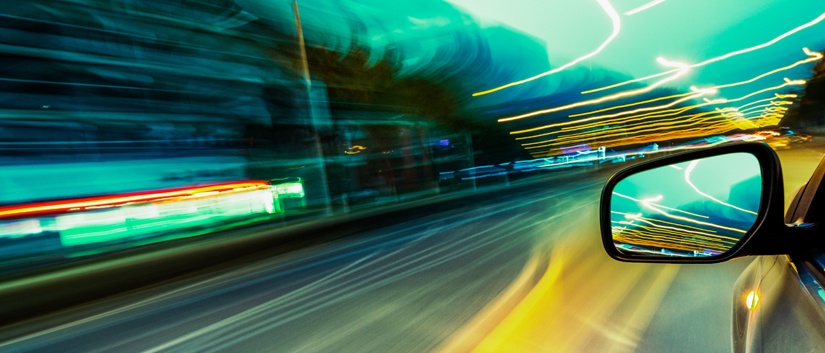Waiting for hours to download a movie or a game, you can say goodbye to those days soon. In a few years’ time the light around you will be carrying trillions of data, literally. The speed of your internet will almost seem like speed of light itself. In a few seconds time, you can download a 100GB file. Say hello to the next big thing in technology, Li-Fi.
Li-Fi (Light Fidelity) is a ground breaking technology that is going to revolutionize the internet speed.
It is a visible light communication system, which means communication is done through light at a very high speed. Li-Fi utilizes the light emitted from LED bulbs present in and around us for data transmission.
The working process of Li-Fi is quite fascinating. The system consists of a LED bulb and a photo detector.
The LED bulb with signal processing technology varies the intensity of light emitted from it through rapid dimming based on the data input it receives. The dimming is so fast that it cannot be detected by the human eye. This rapid dimming of light is captured by a photo-detector which converts it into electrical signal that is sent to PC’s.
How advanced is Li-fi?
According to the recent experiments, Li-Fi helps in sending and receiving of data at the speed of 224Gbps, whereas the maximum speed of data transmission through Wi-Fi is 250Mbps. Li-Fi is very easy to install as compared to Wi-Fi as it has a very simple setup. There is a crunch in availability of radio frequency spectrum and Li-Fi can help in overcoming this challenge as it has 10,000 times more capacity. Li-Fi can be used in environments that are sensitive to electromagnetic fields, like nuclear power plants, aircraft etc. It also offers better security as the range is limited to the distance upto which the light beam travels and if used in a closed room data theft or access will be impossible as light cannot penetrate walls. For underwater communication on short ranges, Li-Fi can be used. Communication through radio frequency is impractical as strong signals get absorbed in water and disturbs marine life. As LED’s are being used for indicators in vehicles, vehicle-to-vehicle and vehicle-to-roadside communication can be done thus improving road safety and reducing traffic. Any private or public lighting including street lamps can be used to provide Li-Fi hotspots. Laptops, smart phones, tablets can be interconnected on short ranges and data transmission between them can be done at high speeds. Li-Fi does not cause any electromagnetic interference, thus does not interfere with medical devices like MRI scanners in a hospital. Radio frequency communication requires radio circuits, antennas and complex receivers, whereas Li-Fi is much simpler and uses direct modulation methods similar to television remotes.
Challenges
All technologies have their own challenges. Though data transmission at 70 Mbps can be done through light reflected from wall, light cannot penetrate walls thus making it difficult to get data transmission in long ranges. As light being the medium through which data is transmitted, the bulbs have to be kept switched on regardless of the hour of the day. Problems may persist in using Li-Fi in outdoor environment like Wi-Fi as there would be interference from sunlight. Accessing internet will only be possible in presence of light thus making it difficult to access internet in dark places. Research is still going on how receiver will transmit back to transmitter.
This upcoming technology has endless possibilities that can be achieved as the world is now running on internet for various applications in our day to day lives. Lot of research is being done on it as it has capability to revolutionize the internet and its infrastructure and solve important issues that are currently posing a challenge. When commercialized, this would bring high speed internet access and revolutionize the way the human race communicates. The future applications of Li-Fi can be extended to various walk of human lives making it better, just like any new technology has.





